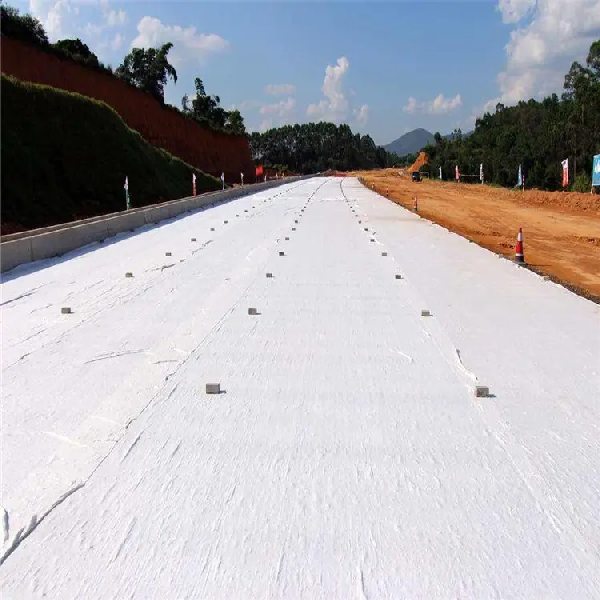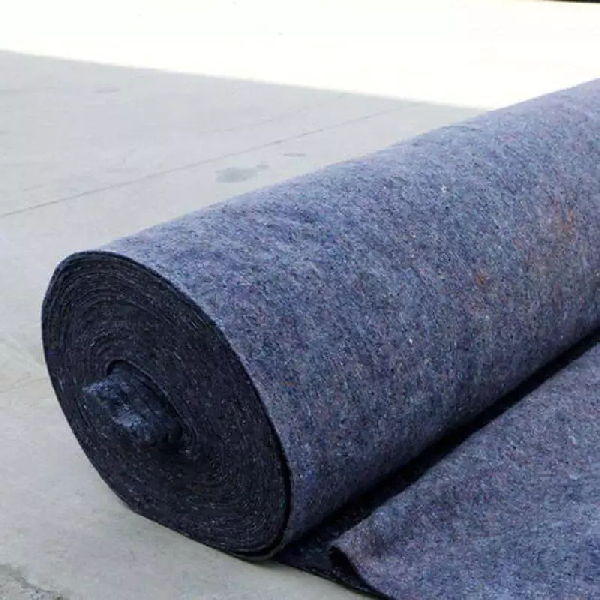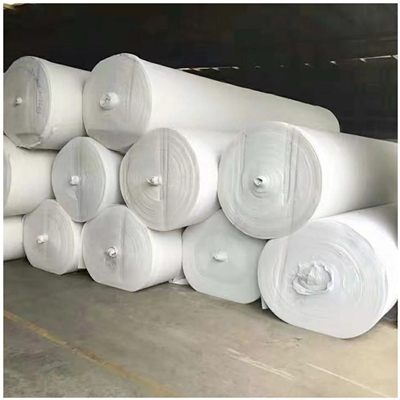Geomembrane is a type of film used for soil protection, which can prevent soil loss and infiltration. Its construction method mainly includes the following steps:

1. Preparation: Before construction, it is necessary to clean the site to ensure that the surface is flat and free of debris and debris. At the same time, the size of the land needs to be measured to determine the required area of the geomembrane.
2. Laying film: Unfold the geomembrane and lay it flat on the ground to check for any damage or leaks. Then, the geomembrane is firmly fixed on the ground, which can be fixed using anchor nails or sandbags.
3. Trimming the edges: After laying, it is necessary to trim the edges of the geomembrane to ensure that it is tightly bonded to the ground and prevent infiltration.

4. Soil filling: Fill the soil inside the geomembrane, taking care to avoid excessive compaction and maintain the soil’s aeration and permeability.
5. Anchoring edge: After filling the soil, it is necessary to anchor the edge of the geomembrane again to ensure that the geomembrane is tightly bonded to the ground and prevent leakage.
6. Testing and maintenance: After the construction is completed, leakage testing is required to ensure that the geomembrane is not leaking. At the same time, it is necessary to regularly inspect and maintain the geomembrane, and promptly repair or replace it if there is any damage.

During the construction process, it is necessary to pay attention to safety and environmental issues to avoid damage to the environment and personnel. At the same time, suitable geomembrane materials should be selected based on different soil types and environmental conditions.
Post time: Aug-18-2023

